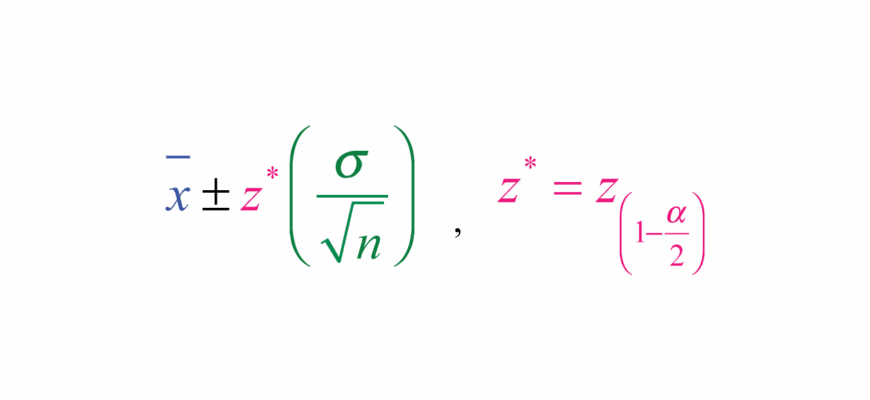Statistics is a crucial field that provides insights into data sets, helping us make informed decisions. One of the fundamental concepts in statistics is the population mean. Understanding and calculating the population mean is a stepping stone to mastering more complex statistical analyses. This article will walk you through the process of calculating the population mean, ensuring you have a solid grasp of this essential concept.
Understanding the Population Mean
The population mean is the average of all the values in a population. It is a measure of the central tendency, indicating the center of a data set. In statistical terms, it is denoted by the Greek letter μ (mu). Unlike the sample mean, which is derived from a subset of a population, the population mean considers every data point within the population.
Why Calculate the Population Mean?
- Comprehensive Analysis: It provides an accurate representation of the entire population.
- Decision Making: Helps in making predictions and strategic decisions based on the entire data set.
- Benchmarking: Serves as a benchmark to compare sample data.
Step-by-Step Guide to Calculating Population Mean
Step 1: Identify the Population
Before calculating the population mean, define the population you are studying. This could be anything from the heights of all students in a school to the annual income of residents in a city.
Step 2: Collect Data
Gather all the data points within your population. Ensure that you have accounted for every individual element that belongs to your population to avoid inaccuracies.
Step 3: Sum the Data Points
Add up all the values in your population. This sum will be used to find the average. For example, if your data points are 10, 20, 30, 40, and 50, your total sum would be 150.
Step 4: Divide by the Population Size
Once you have the total sum, divide it by the number of data points in your population. This will give you the mean. For instance, using the previous example with a total sum of 150 and 5 data points, the population mean would be 30 (150 divided by 5).
Common Challenges and Tips
- Large Populations: For large populations, leverage software tools to automate calculations and minimize errors.
- Data Accuracy: Ensure data accuracy by double-checking data collection methods and calculations.
- Understanding Variability: Remember that the population mean alone does not account for variability within the data set.
Calculating the population mean is a fundamental skill in statistics that provides a foundation for more advanced analyses. By following the steps outlined in this guide, you can confidently compute the population mean and apply this knowledge to real-world data sets. As you become more familiar with this process, you’ll be better equipped to explore deeper statistical concepts and insights.


This article provides a clear and concise explanation of the population mean. The step-by-step guide is particularly helpful for beginners in statistics.
The explanation of the difference between population mean and sample mean was very enlightening. This article is a great resource for anyone studying statistics.
A very informative read! The section on comprehensive analysis using population mean really highlights its significance in decision making.
Great overview of why calculating the population mean is important. The examples provided make it relatable and easy to follow.
I found this article extremely helpful in understanding how to calculate the population mean. The step-by-step guide is straightforward and easy to implement.
I appreciate how the article breaks down the process of calculating the population mean into simple steps. It makes understanding this concept much easier.